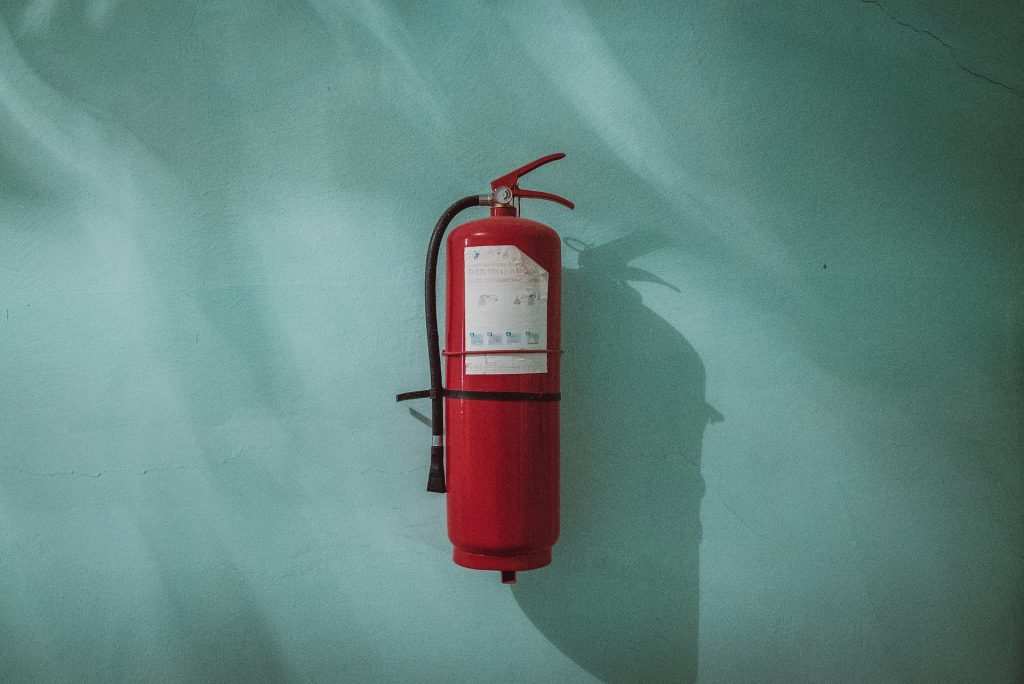6.5 Emergency Preparedness
Emergencies can happen quickly in early years settings so educators, students, volunteers, children, and families must be aware of the protocols for emergency situations. Policies and procedures are shared with employees, students, and volunteers prior to engaging in work within the early years setting. This helps the adults in knowing how to guide children in the event of an emergency.
Each child will have an emergency card prepared upon enrolment into a program. These emergency cards will be safely stored, along with attendances, in each classroom. These cards must follow the child so when a child moves from one area to another, the emergency card must go with the child. The emergency card contains information including the guardians’ names and phone numbers, along with emergency contact information. The emergency card will also indicate any special medical provisions or additional information pertaining to a child that would be helpful in an emergency (OME, 2014).
Each classroom has access to a phone or cell phone. Phone lists are located near the phones or taken outdoors with the attendances in the event an emergency takes place. The phone lists will contain emergency numbers such as 911, poison control, Ministry of Education program advisors, and taxi services. These phone numbers need to be readily available in the event of an emergency.
A travel bag for outdoor time or field trips is helpful for transporting children’s emergency medications and medical plans, emergency cards, attendances, first aid kits, phone lists, and anything else to aid in emergency management should a situation arise. This bag or backpack should be readily available so that it can be quickly accessed in the event of an emergency.
Read (Download)
Review Sample Emergency Management Policy and Procedures for Licensed Child Care
Evacuation Procedures

All early years settings require an evacuation plan to ensure the safety of everyone involved. The evacuation plan is prepared in consultation with local fire chiefs and outlines each person’s duties and responsibilities in the event of a fire or other emergency situation. Monthly fire drills are implemented so adults and children become aware of what to do in the event of an evacuation. These fire drills must be documented and placed on file for review by Program Advisors during their licensing inspections.
Regulation
Fire Safety Procedures and Drills
68. (1) Every licensee shall ensure that in respect of each child care centre it operates,
(a) a written procedure approved by the local fire chief is established with respect to the duties of each member of the staff of the child care centre in the event of a fire;
(b) each staff member is instructed as to his or her responsibilities in the event of a fire before commencing work for the first time;
(c) the written procedure referred to in clause (a) is posted in a conspicuous place in each room in the child care centre that is used for the care of children;
(d) fire drills are conducted in accordance with subsection (2);
(e) a written record is kept of all fire drills, all tests of the fire alarm system and all tests of fire protection equipment and that each record is kept for at least 12 months from the date of the drill or test; and
(f) there is a designated place of shelter in the event the child care centre must be evacuated due to an emergency.
(Ontario Regulation 137/15, under the Child Care and Early Years Act, 2014. © King’s Printer for Ontario, 2015)
An emergency location must be organized prior to engaging in services for children. This emergency location is a safe space for children and adults to gather during an evacuation. Families are notified of this emergency location upon enrolment so they are aware of where to go to retrieve their child in the event of an evacuation. Licensees often have an agreement with the emergency location to ensure ongoing availability of this space.
Educators ensure medications and medical plans are taken during fire drills and evacuations to prepare for any ongoing evacuation period. All emergency cards and attendances must be taken during an evacuation in the event educators need to contact families. As mentioned earlier a travel bag or evacuation backpack is helpful for these situations by being properly equipped and accessible to staff members.
Monthly fire drills are conducted to support the children and adults in knowing what to do in the event of a fire. Children will learn to evacuate to a safe outdoor space or to the emergency location, if nearby. These monthly drills are led by a Director/Designate and all employees who have outlined duties to conduct such as checking staff rooms, washrooms, and classrooms after the children have been evacuated. For example, the Dietary Planner may help the infant classroom evacuate. The Director/Designate will verify that attendances have been checked to ensure all children have been evacuated safely. The fire drill report will be completed by the designate or supervisor after each monthly drill.
Read
Read the following post about home daycare fire safety:
Medication Storage
Medication must be stored in a locked storage container so children cannot access it. Locked storage containers can be found in each classroom and in refrigerators for medications that require refrigeration. These locked containers must be portable so employees can quickly access them during fire drills and evacuations. If the locks require keys, the keys must be stored in a safe place with easy access for adults as required.
Life-saving emergency medications are not kept in these locked containers as children may require these medications quickly. Medications such as asthma rescue inhalers and Epi-Pens are kept out of reach of young children but within easy reach for adults. School age children may have guardian permission to carry rescue medications and to be able to administer these medications with the support of staff members.

